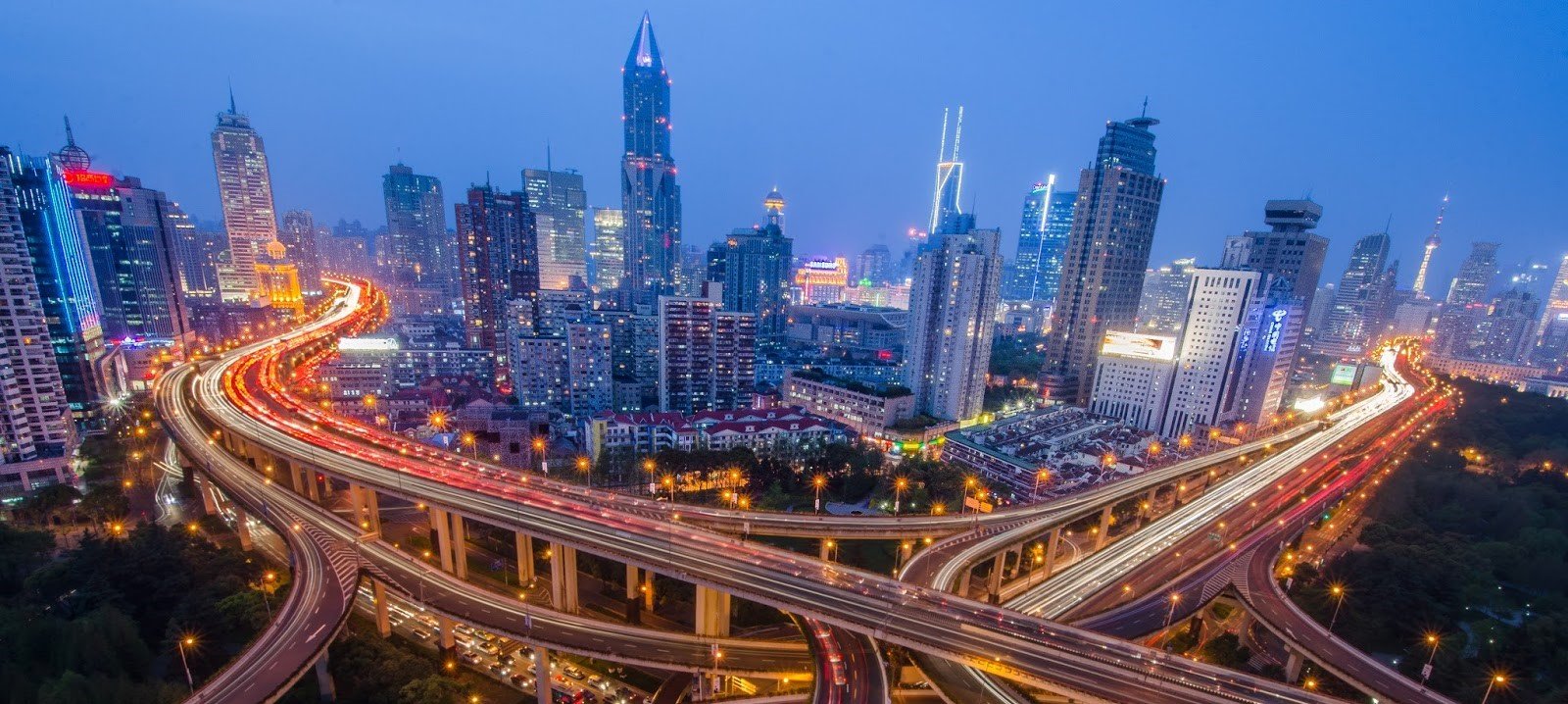

Aug
It’s worth noting that from an administrative perspective, China has 22 provinces, 4 municipalities (Beijing, Shanghai, Tianjin and Chongqing) and 5 so-called autonomous regions (Guangxi, Xinjiang, Inner Mongolia, Ningxia and Tibet). We will leave its two special administrative regions aside (Hong Kong and Macau) and won’t even include Taiwan in this discussion because… let’s just say it’s a rabbit hole best left for other articles.
Which are the wealthiest?
First and foremost, it’s important to understand what exactly we mean by “wealthy” because things can get tricky. For the most part, there are two dimensions involved. On the one hand, we can choose to simply view things from a Gross Domestic Product perspective and list entities from highest GDP to lowest. In the spotlight, we have Guangdong and Jiangsu, with a 2018 GDP level of close to 10 trillion CNY each. On the opposite end of the spectrum, we have Gansu, Hainan, Ningxia, Qinghai and Tibet, with less than 1 trillion CNY each and in Tibet’s case, we’re looking at a GDP of only 150 billion CNY.
Ordered from highest to lowest in terms of GDP for the year 2018, here is the full list:
- Guangdong
- Jiangsu
- Shandong
- Zhejiang
- Henan
- Sichuan
- Hubei
- Hunan
- Hebei
- Fujian
- Shanghai
- Beijing
- Anhui
- Liaoning
- Shaanxi
- Jiangxi
- Chongqing
- Guangxi
- Tianjin
- Yunnan
- Inner Mongolia
- Shanxi
- Heilongjiang
- Jilin
- Guizhou
- Xinjiang
- Gansu
- Hainan
- Ningxia
- Qinghai
- Tibet
On the other hand, an interesting observation arises: the fact that in many cases, the current rank is a function of that region’s population rather than of prosperity at the level of the average individual. As such, seeing things from a GDP Per Capita perspective complements the GDP-only approach rather nicely. For example, the three leaders in terms of GDP Per Capita are cities, whereas the rank of those same cities on a GDP-only basis is #11, #12 and respectively #19. The leaders in question are Beijing, Shanghai and Tianjin, each with a GDP Per Capita of over 100,000 CNY. The only other entity in the 100,000+ CNY zone is the region of Jiangsu. Unfortunately for China, there are 13 regions at the bottom of the list with GDP Per Capita levels south of 50,000 CNY.
Just like when it comes to the GDP-only approach, here is the full GDP Per Capita list, once again ordered from highest to lowest:
- Beijing
- Shanghai
- Tianjin
- Jiangsu
- Zhejiang
- Fujian
- Guangdong
- Shandong
- Inner Mongolia
- Hubei
- Chongqing
- Shaanxi
- Liaoning
- Jilin
- Ningxia
- Hunan
- Hainan
- Henan
- Xinjiang
- Sichuan
- Hebei
- Anhui
- Qinghai
- Jiangxi
- Shanxi
- Tibet
- Heilongjiang
- Guangxi
- Guizhou
- Yunnan
- Gansu
The implications of our little case study should be rather obvious, implications which reflect realities we have referred to on more than one occasion here on ChinaFund.com: the fact that in many respects, a maturing but not yet fully mature economy such as that of China ends up generating quite a few contrasts. From the “GDP vs. GDP Per Capita” dimension to issues such as the significant wealth gap between let’s say highly industrialized coastal regions and Western regions, examples abound which make it clear that there is still ample room for growth.
This leads us to one of the most common questions we deal with as far as China is concerned: can it be considered at parity with Western nations?
Once again, there is no such thing as a “set in stone” answer because it all depends on what we are measuring. From a strictly nominal GDP perspective, most definitely. China is not only at par with Western nations, it actually surpassed them in light of the fact that the Chinese economy represents the #2 largest one worldwide. From a PPP GDP perspective, once again, the answer is yes, with China occupying the #1 spot globally.
When we bring our analysis to a granular level, things start getting tricky.
More specifically, no, China is not at parity when it comes to the wealth level of the average individual, with its nominal GDP situation still being primarily a function of its impressive population. Not even the GDP Per Capita levels of its leaders in this department such as Beijing and Shanghai are at parity with those of the world’s richest nations. They are however in line with what one would call an “average” country from a GDP Per Capita perspective. China’s poorest regions however paint an entirely different picture of reality, with GDP Per Capita values of regions such as Tibet being low enough to consider them at par with economically weak nations.
As a conclusion, perhaps the most important observation of this article is the fact that there are two types of gaps which need to be filled for China to be considered a country that is genuinely at par with its Western counterparts: internal GDP Per Capita gaps (gaps between China’s own regions) and external ones (gaps between individual regions and Western regions on the one hand as well as the gap between China’s average GDP Per Capita and that of more developed nations, with it for example being roughly 6.5 times lower than that of the United States). Simple enough?
